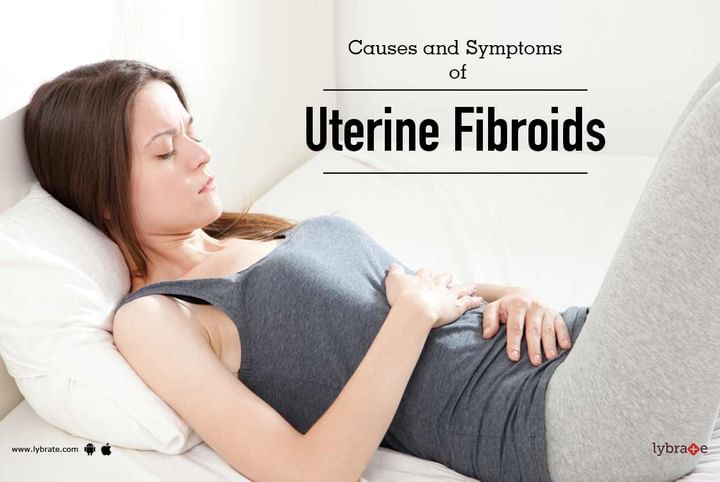Causes and Symptoms of Uterine Fibroids
Uterine fibroids are referred to as benign, abnormal growths which tend to develop in the uterine walls of a woman. The size of such growths can range from a few centimeters to even excess of a few inches. As such, they can cause the uterus to increase to the size of a five month pregnancy. Although, the symptoms of fibroids are not always apparent, they often cause heavy bleeding and pain in women. A recent research concluded that around 60 to 75 percent women contract such fibroids by the age of 50, at least once in their life.
Depending on the site of formation, uterine fibroids are distinguished into different types. Intramural fibroids in the lining of the uterus and subserosal fibroids which develop outside the uterus are the most commonly observed fibroids.
What causes Uterine Fibroids?
Although, the exact reason for the formation of fibroids are obscure, medical professionals have determined certain factors that may affect their formation. Some of them are:
1) Hormones: Progesterone and estrogen, produced by the ovaries regenerate the uterine lining during each menstrual cycle and trigger the growth of fibroids.
2) Family history: If you have had a family history of uterine fibroids, then you're likely to develop the condition yourself as well.
3) Pregnancy: The production of progesterone and estrogen increases during pregnancy which increases the likelihood of fibroids.
What are the signs of the condition?
Depending on the location and size of the tumors, symptoms of such fibroids include:
1) Heavy bleeding and blood clots during periods
2) Pain in the pelvis
3) Frequent menstrual cramps
4) Pressure and pain in the lower abdomen
5) Swelling in the abdomen
6) Pain while intercourse
What is the procedure of the treatment?
Ultrasound and pelvic MRI are common diagnostic procedures to check for uterine fibroids. After diagnosis, depending on your age, size of the fibroid and your comprehensive health, the doctor would prescribe you with appropriate medications. Only after medications prove futile, doctors opt for minimally invasive surgeries. If you wish to discuss about any specific problem, you can consult a doctor and ask a free question.



+1.svg)
